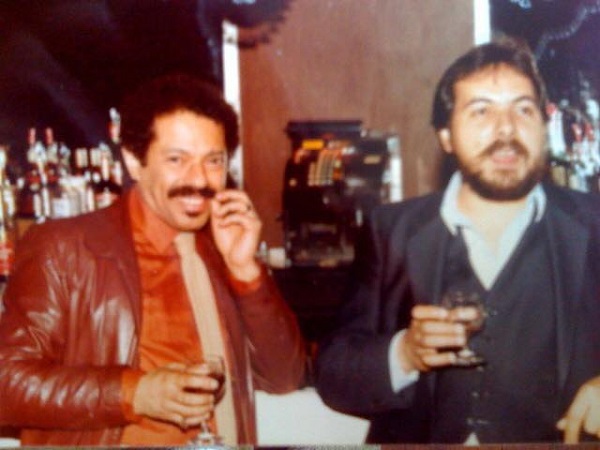North America / USA / New York
The Salsa pianist from Puerto Rico, Pedro Bermúdez, released his most recent record production “Arrasando” with the collaboration of the main Salsa legends and the New Salsera blood on June 5th. This was announced by Bermúdez through his official Facebook account.
Arrasando is a heavy and hard traditional Salsa project that brings together a dream team of musicians and salsa legends from Puerto Rico and New York City, such as: Bobby Valentin (Bass), Reynaldo Jorge (Trombone), Frankie Vazquez (vocals), Eddie Montalvo (Congas), Ralph Irizarry (Timbales) and Jose Mangual (Bongos), among many others.
The 11 tracks of this album are original arrangements and lyrics. Arrasando also includes two Latin jazz composition in big band style with a lot of solos and “descargas” in each single.
Other Musicians presents on this recording are:
Trumpets: David “Piro” Rodríguez, Julito Alvarado, Angie Machado, Carlos Coamito Martínez, Jesús Alonzo, Nelson Jaime Gazu and Angel Segarra.
Trombones: Eliut Cintron, Danny Fuentes and Gamalier González.
Saxophones: Ivan Renta.
Bass: Rubén Rodríguez and Pedro Pérez.
Percussion: Carlos Maldonado Kachiro Thompson, Charlie Sierra, Miguel Aponte, Roberto Quintero, Tony Rosa and José Che Vega.
Coros: Luisito Carrión, Henry Santiago, Héctor Pichie Pérez, Rafu Warner and Joe González.
Singers: Rico Walker, Pedro Brull, Osvaldo Noel Muñoz, Kayvan Vega, Joe González.
ARRASANDO is available NOW in all digital platforms!!!

Release: June 5th, 2018
| Tracks: | |
|
6. Reunión (Feat. Reynaldo Jorge & Eddie Montalvo) |
| 2. Las Rabietas de Marcela (Feat. Frankie Vázquez, José Mangual Jr. & Eddie Montalvo) | 7. Mentiras No Quiero (Feat. José Mangual Jr) |
| 3. Acere Guaribombó (Feat. José Mangual Jr. & Ralph Irrizary) | 8. Ya No Soy Gente |
| 4. Repartiendo Fuete (Feat. Bobby Valentin, Ralph Irrizary & Frankie Vázquez) | 9. Vete de Aquí (Feat. Eddie Montalvo) |
| 5. Te Lo Dije Casera (Feat. Reynaldo Jorge) | 10. Mambo to My Friends (Feat. Reynaldo Jorge)
11. Groovin’ |
For more information, please like him on Facebook www.facebook.com/pedrobermudezpiano Or Download “Arrasando” HERE → https://store.cdbaby.com/cd/pedrobermudez1
Link de Video: https://www.facebook.com/pedrobermudezpiano/videos/1867607530205899/





















